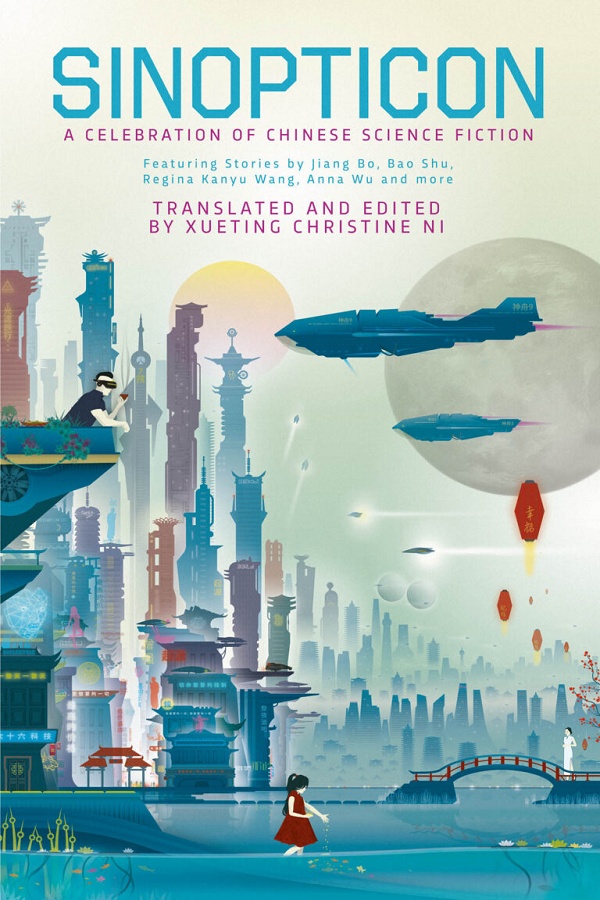Blooming Chinese Science Fiction

My journey into Chinese science fiction began around the year 2012. I didn’t have any expectations, and a lack of ability to read Chinese made the task a bit more difficult, but I did find some interesting stories to start. The first I found were Charles Yu’s How to Live Safely in a Science Fictional Universe, Han Song’s The Wheel of Samsara, and Zhao Haihong’s Exuviation.
Reading the stories gave me an immediate feeling of familiarity. I didn’t understand why at the time, and I credited the sensation to my love for science fiction. But I later learned that it was something else—something cultural.
In the years that followed, it was no surprise that I found more Chinese sci-fi works in English to read, especially after 2015 when Liu Cixin won the Hugo Award for The Three-Body Problem. Now, nearly 10 years later, I have a list of Chinese sci-fi books to read, which is too long to ever possibly finish.
The diversity of Chinese sci-fi stories is astounding today. Topics range from technology to space, philosophy, politics, relationships, ecology, and much more.
Chinese “Fantastika,” stories including science fiction, fantasy, fantastic horror, and their various subgenres, dates to ancient times, but modern Chinese science fiction is comparatively quite a young genre that only started advancing in the 1980s. This genre injects the Western version of science fiction with Chinese cultural elements, resulting in a duality of Chinese-ness and sci-fi qualities. Because of this, Chinese sci-fi writers have to navigate both worlds with their own baggage. This duality is something that Chinese diaspora writers have had to constantly manage as well: how to embed their personal cultural experiences into stories driven by market expectations. And in Chinese science fiction, this experience is now shared with writers in China.
Thus, Chinese science fiction has become a platform able to accommodate both writers in China and Chinese diaspora writers internationally. The most interesting facet of researching Chinese science fiction has been the comparability of our journeys, in which we, Chinese sci-fi writers—both in China and abroad, have only found stability and creative flow in the recent decades as the progress of information technology hit all of us at similar speeds. In China, the development of science fiction resumed in earnest in the late 1980s. For those of us outside of China, whether we’re the first or umpteenth generation, recognition and development of ethnically-charged creative production only happened in the last few decades.
This terrain that all Chinese sci-fi writers have to navigate is muddy, due to cultural imbalance in global literature and media literacy. As Lexi Pandell wrote in her review of The Three-Body Problem for Wired Magazine, “Educated Chinese readers are expected not only to know about all the Chinese references—history, language, culture, all this stuff—but to be well-versed in Western references as well. A Chinese reader can decode an American work with far greater facility than an American reader can decode a Chinese work, on average.”
This mud, however, is nourishing a beautiful bloom of stories that are constantly changing, growing, and revitalizing. Recently, a wonderful collection—Sinopticon: A Celebration of Chinese Science Fiction—emerged to remind us of this. The array of stories it presents opens up sci-fi worlds that are not only culturally beautiful, but also demand attention and appreciation.
The author is a writer and researcher whose works explore East and Southeast Asian culture, identity, and values, with focus on the development of Chinese science fiction by diaspora writers and writers from Chinese-speaking nations.

The cover of Sinopticon: A Celebration of Chinese Science Fiction (2021), an anthology of 13 short stories edited and translated by Xueting Christine Ni. It showcases the depth and breadth of Chinese sci-fi literature.